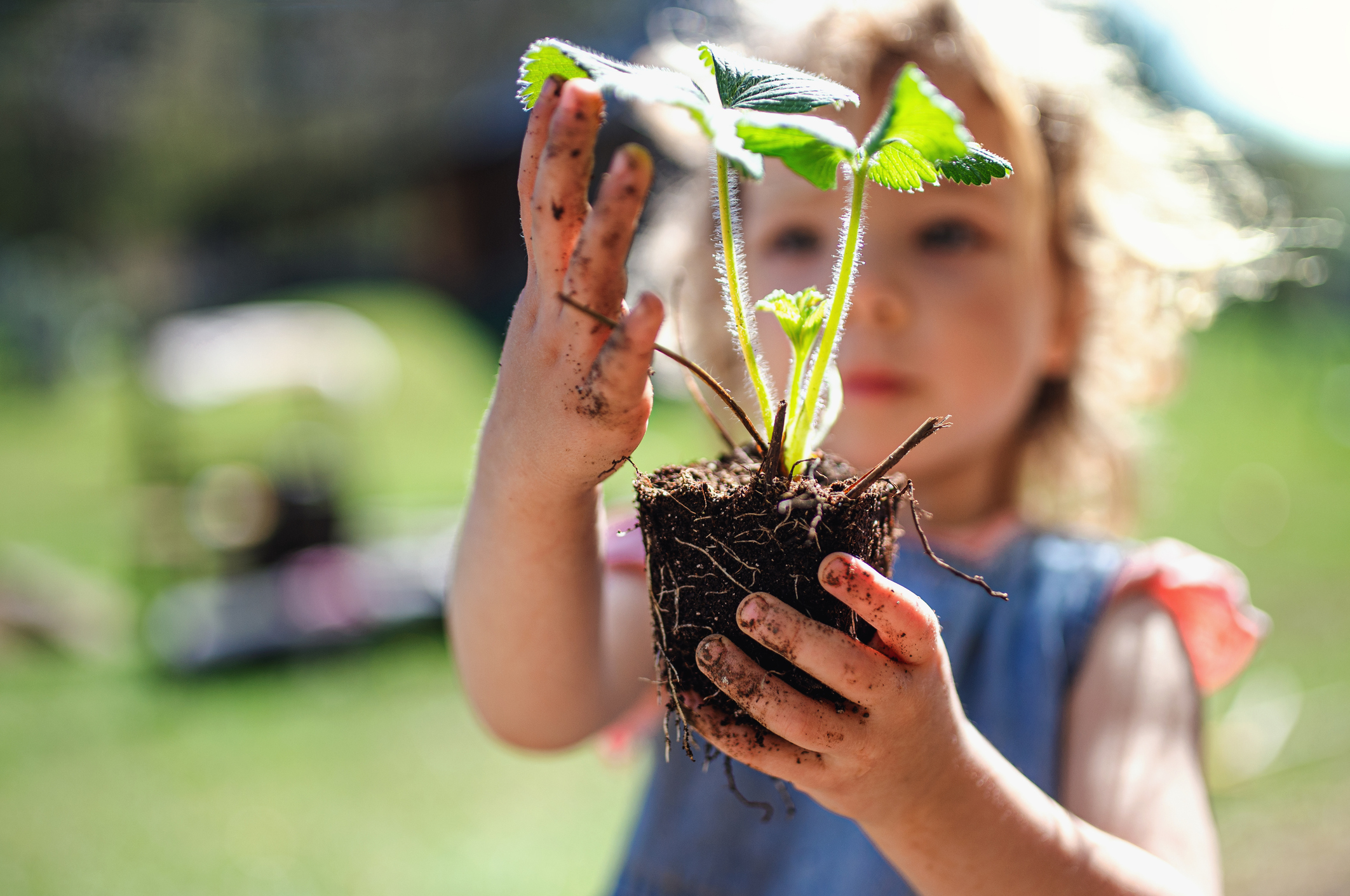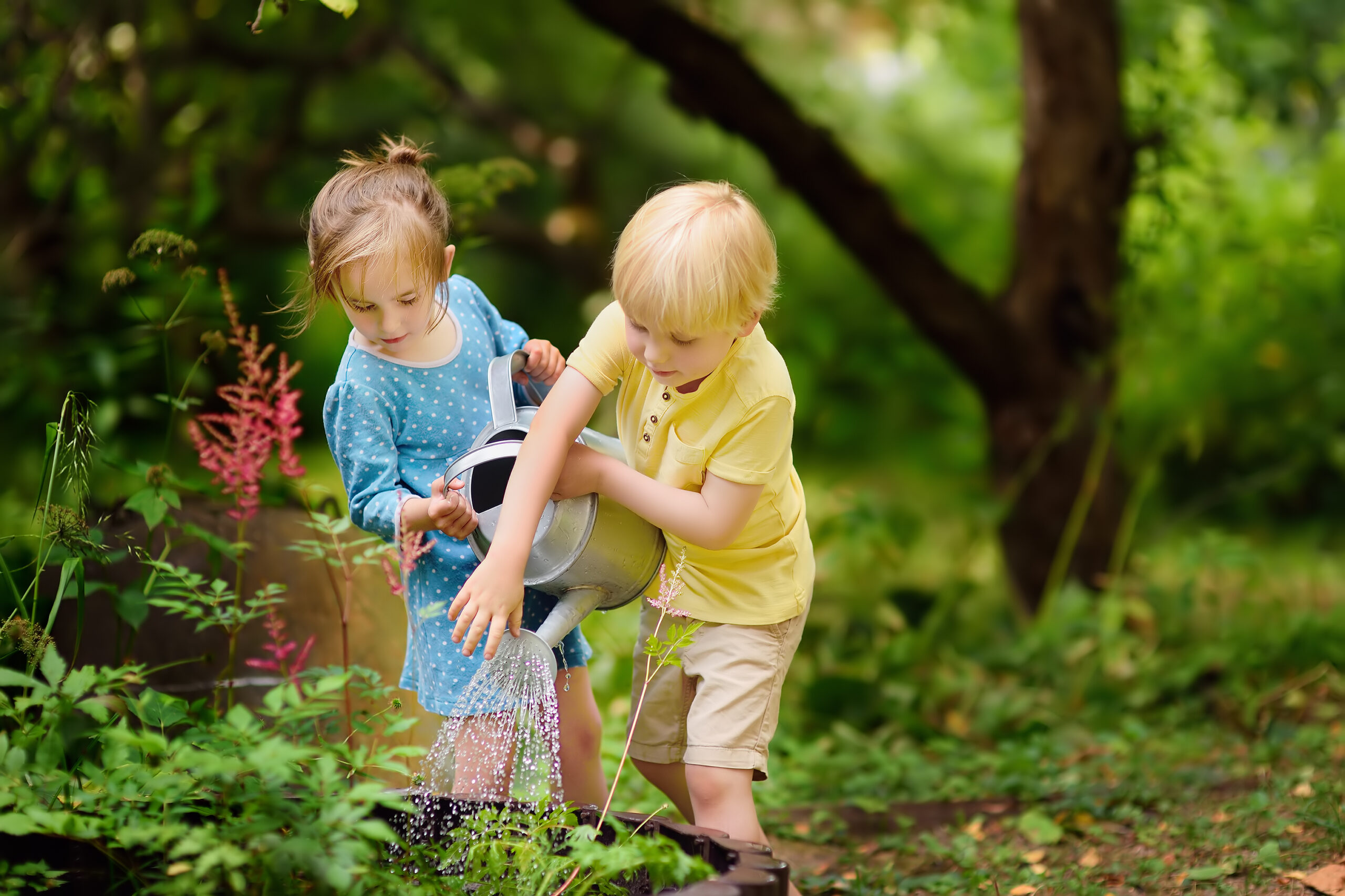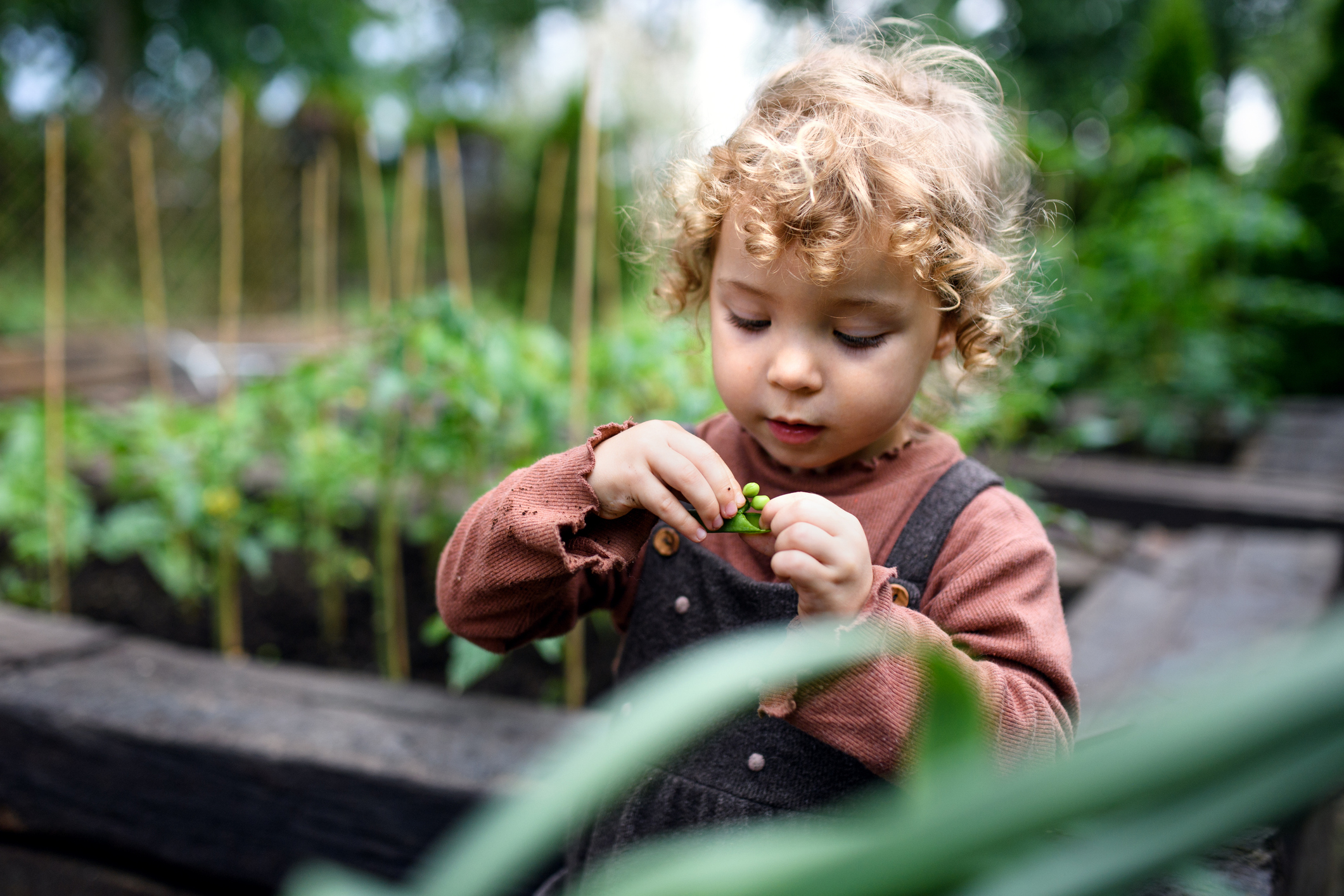
Top 10 Gardening Tips For Little Green Fingers
1. Start with Easy-to-Grow Plants
Begin with plants that sprout quickly and don’t require too much maintenance. Sunflowers, radishes, cherry tomatoes, lettuce, beans, and peas are perfect for kids because they grow fast and give visible results early on. The success of seeing something grow quickly boosts confidence and keeps kids interested.
2. Create a Mini Container Garden
If space is limited, container gardening is a fantastic option. Kids can decorate their own pots using paint, stickers, or markers. Use recycled containers like yogurt cups, milk jugs, or tin cans (with holes in the bottom). This helps them learn about sustainability while giving them ownership of their little garden.
3. Build a Pollinator-Friendly Garden
Introduce kids to the idea of helping the environment by planting flowers that attract pollinators. Marigolds, coneflowers, lavender, zinnias, and milkweed are beautiful and beneficial. You can even create a “bee bath” by filling a shallow dish with water and stones for bees to land on.
“A pizza garden can include tomatoes, basil, oregano, and peppers”
4. Grow a Themed Garden
Create fun themes to spark creativity. A pizza garden can include tomatoes, basil, oregano, and peppers. A rainbow garden can feature plants of various colours like red chard, orange marigolds, yellow squash, green beans, blue lobelia, and purple cabbage.
Sensory gardens can include lamb’s ear (soft leaves), mint (smells nice), and ornamental grasses (rustling sound).
5. Teach Proper Watering Habits

Give kids small watering cans or spray bottles and teach them how to check if the soil is dry before watering. Show them how overwatering can harm plants and encourage them to create a watering schedule. This builds responsibility and helps them learn cause and effect.
“Digging in the dirt, splashing water, and finding worms are all part of the fun”
6. Start a Bug Hunt
Encourage kids to explore their garden as a mini ecosystem. Provide a magnifying glass and a journal to record what they see—ladybirds, worms, butterflies, or caterpillars. Teach them the difference between helpful bugs (like bees and ladybirds) and harmful ones (like aphids). You can even make a bug hotel using twigs, bark, and pinecones.
7. Decorate Plant Markers
Get crafty! Use popsicle sticks, painted rocks, wooden spoons, or even old spoons to label plants. Kids can draw pictures of the plants or write their names. It helps them remember what they planted and brings a personalised, artistic touch to the garden.
8. Plant Edible Treats

Kids love to eat what they grow! Strawberries, snap peas, cherry tomatoes, and baby carrots are fun to pick and taste. Having a small “snack garden” teaches them about where food comes from and may even encourage picky eaters to try new things.
9. Track Growth with a Garden Journal
Help kids create a garden journal with drawings, notes, or photos. They can track growth, measure plants weekly, note weather patterns, or write about what they liked or didn’t like. This can be turned into a fun summer science or art project, reinforcing observation and reflection skills.

10. Make It Messy and Fun
Let go of perfection! Provide kid-sized tools, gloves, and maybe even an apron or old clothes so they can get their hands dirty. Emphasise play and exploration over neatness. Digging in the dirt, splashing water, and finding worms are all part of the fun—and also promote fine motor skills and sensory development.
NorthernLife Family Autumn 25



